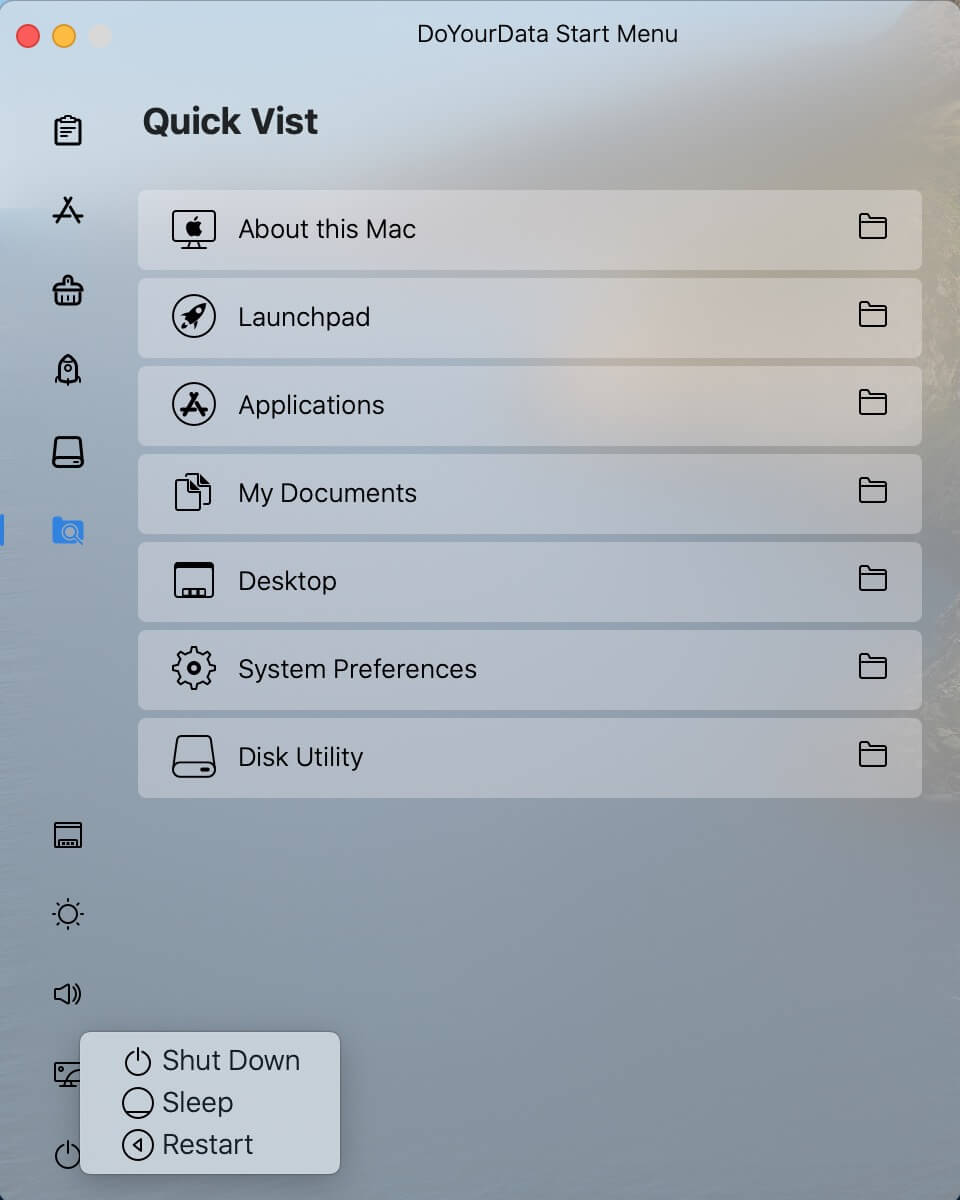Formatting Hard Drives For Mac
To format an external storage device, connect it to one of the ports on your Mac. Turn the drive on, and make sure it appears in the Finder. If the drive is internal, it should already show up in. For example, in the screenshot below, the Mac-formatted drive is Disk 2. Next, open a Command Prompt window as administrator. To do this on Windows 8 or Windows 7, press the Windows key once, type cmd, and press Ctrl+Shift+Enter. The formatting process will format the selected drive by creating a partition map, and apply an appropriate file system that your Mac can work with to the drive. While you can format a drive to contain multiple file systems, volumes, and partitions, our example will be for a run-of-the-mill drive, with a single partition formatted with the.
Here, you need to choose that partition and click on ' Create Partition' from the left action pane. Thirdly, you will see a pop-out window. Here, you can choose ' exFAT' from the ' File System' setting option. At the same time, you can also set some other parameters for this partition, including ' Partition Label', ' Drive Letter', ' Size And Location'. After that, please click on ' OK'. Fourthly, you will go back to the main interface.
Best Portable Hard Drives For Mac

Windows prefers to use NTFS (which stands for New Technology File System, though it has been around for nearly 20 years now). Macs running Snow Leopard or Lion can read from drives formatted as NTFS, but they can't write to such drives unless you install a third-party driver or muck about in the Terminal. Conversely, Windows 7 can't read and write to drives formatted as HFS+--also known as Mac OS Extended (journaled)--unless you install third-party software. Formatting From a Mac To format a drive as FAT32 from a Mac, follow these simple steps. Set up your drive following the manufacturer's instructions. Connect the power supply (if necessary), connect to the Mac via USB or FireWire, and turn on the drive. The drive should automatically mount on your Mac's desktop (if the finder preferences are set to show external drives).
Most Mac users will be better off formatting external drives with exFAT, ensuring they work well on both Windows and Mac OS X without any extra work. If you must write to an NTFS drive, one of the paid, third-party drivers will be the easiest option with the best performance and least risk of file corruption. Ntfs reader for mac os.
Fully utilizing a Mac’s potential, we have developed VOX's Audio Engine in our FLAC Music Player for Mac. In addition to common formats, including: FLAC, MP3, CUE, APE & M4A – you can also playback Hi-Res Audio (HD Audio) with up to 24bit/192kHz, at 4 times higher than the standard 44kHz sound resolution. Play flac on mac.
Format External Hard Drive
The next screen that pops up just wants to ensure that you’re aware of the effects that accompany disk partitioning, i.e. Erasing everything on your hard drive. Once you’ve come to terms with this, click Partition. And you should be done — ah, but wait!